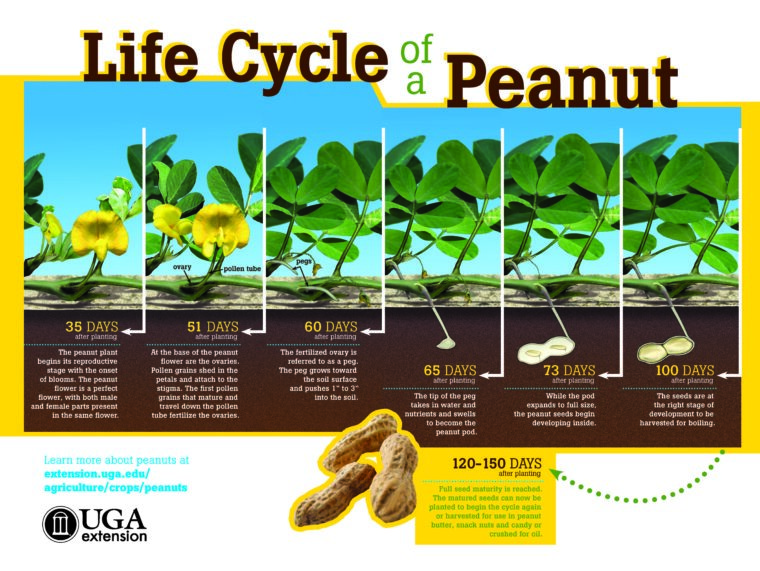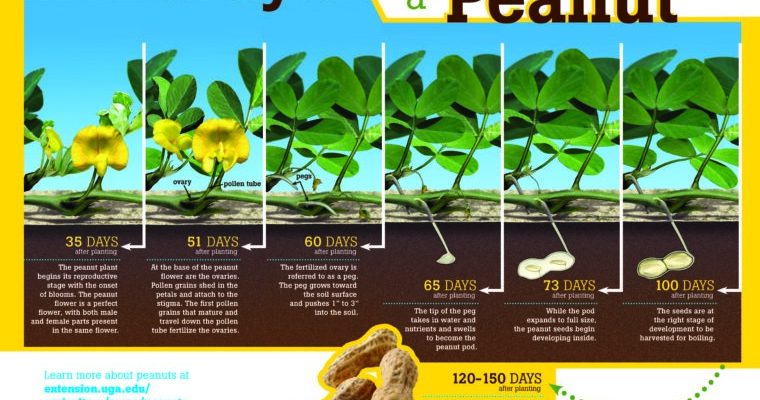
When we dive into the life cycle of the peanut worm, we step into a world of transformation. Peanut worms, also known as *Sipunculus*, start their journey as tiny larvae before maturing into adult creatures. Although they might not have the same spotlight as dolphins or sea turtles, understanding their life cycle offers insight into marine biology that’s truly captivating. So, grab that cup of coffee, and let’s unravel the stages of these intriguing little beings together!
What Are Peanut Worms?
Before we dive into their life cycles, it’s essential to know a bit about peanut worms themselves. These marine invertebrates belong to the phylum Sipuncula, which includes about 300 species. They’re often found hiding in mud or sand in tidal pools and seafloor environments. Peanut worms get their name from their unique shape; when retracted, they look much like a peanut!
Peanut worms have a soft, tubular body that can stretch and contract, which helps them navigate through their environments. They play a considerable role in the ecosystem, breaking down organic matter and recycling nutrients in the ocean. If you’re imagining them scuttling around like crustaceans, think again! These worms are generally stationary, living in burrows they dig out in the sediment.
You might be wondering about their size. They can range from just a few inches to over a foot long. So, if you ever come across one during a beach walk, it’s an opportunity to appreciate a small piece of marine life!
The Stages of the Peanut Worm Life Cycle
The life cycle of peanut worms can be divided into several stages: the egg, larval, juvenile, and adult stages. Each stage comes with its characteristics and behaviors. Let’s unpack each of these stages one by one.
1. Egg Stage
The journey of peanut worms begins with the egg stage. Female peanut worms release their eggs into the water, where fertilization takes place. Here’s the thing: these eggs are often surrounded by a gelatinous mass that provides protection, allowing them to float around in the currents until they hatch.
These eggs are sometimes laid in clusters, creating a little community of potential peanut worms. This method of reproduction ensures that at least some will survive, especially since many will face predators as they develop. The egg stage typically lasts anywhere from a few weeks to a couple of months, depending on environmental factors like temperature and salinity.
Once the eggs hatch, they release tiny larvae into the water, marking the start of a new life stage!
2. Larval Stage
Next up is the larval stage, where things get interesting! Once hatched, the larvae are called trochophore larvae. These larvae are tiny but equipped with cilia, which are hair-like structures that help them swim through the water. During this time, they drift along the ocean currents, feeding on plankton and other small particles.
Honestly, this is a very delicate period. The larvae must find suitable environments to settle down and grow. Typically, they’ll look for sandy or muddy substrates where they can burrow and begin transforming into juvenile worms. This stage can last from several weeks to a few months, depending on food availability and ocean conditions.
You might find it interesting that during this stage, the larvae are not simply passive; they actively seek out areas where they can thrive and avoid predation!
3. Juvenile Stage
After the larval stage, peanut worms enter the juvenile stage. At this point, they settle into their new homes, often burrowing into the sand or mud. As juveniles, they begin to resemble miniature adult worms, but they still have a lot of growing to do.
Juvenile peanut worms are generally more active than adults, as they continue to feed and grow. They rely on their ability to retract into their burrows for protection against predators, which is crucial for their survival. This stage can last several months, during which they develop more defined characteristics and size.
It’s during this time that they solidify their roles in the ecosystem, contributing to nutrient cycling in the ocean floor by breaking down organic matter. They’re like nature’s little recyclers!
4. Adult Stage
Finally, we arrive at the adult stage. Once they grow to their full size, peanut worms are ready to take on their adult form. Adults can live for several years, usually reaching lengths of 10 to 30 centimeters, depending on the species.
Adult peanut worms are relatively less active than their juvenile counterparts. They spend most of their time in their burrows, extending their anterior end to filter-feed on organic particles from the water.
Here’s a fun fact: adult peanut worms can regenerate lost body parts, which is pretty handy in the wild! If they happen to lose a piece, they have the remarkable ability to regrow it, ensuring they can continue leading their lives.
Behavior of Peanut Worms
Now that we’ve gone through their life cycle, let’s take a closer look at the behaviors of peanut worms. Understanding these behaviors can help us appreciate their role in the ecosystem even more.
1. Feeding Patterns
Peanut worms are filter feeders, meaning they eat by filtering small particles out of the water. They extend specialized feeding structures, often referred to as tentacles, to catch food in the water column. Here’s the thing: this feeding method is crucial for maintaining the balance of nutrients in their habitats.
These worms are known to forage at night when it’s safer from predators, using their tentacles to collect tiny bits of organic matter. It’s fascinating to think that while they’re munching away, they’re also helping to clean and aerate the sea floor.
2. Movement and Burrowing
Peanut worms are not known for fast movements. Instead, they have a unique way of navigating their environment. Once they find a suitable spot to burrow, they use their muscular body to dig into the sediment. Their soft bodies allow them to create a snug home underground.
When threatened, they can retract their bodies into their burrows quickly. This ability to hide away is a crucial survival tactic, protecting them from predators like fish and crabs.
3. Response to Environment
Peanut worms are quite sensitive to changes in their environment. They can adapt to different conditions such as salinity and temperature. For instance, if waters become too warm or polluted, these worms might migrate to areas that are more suitable for their survival.
This adaptability is essential for their continued existence, especially as ocean conditions change due to climate variations. They’re like little canaries in the coal mine, signaling the health of their ecosystem through their behavior and movements.
Why Understanding Peanut Worms Matters
You might be wondering why we should care about peanut worms. Understanding their life cycle and behavior is essential for several reasons.
First, peanut worms contribute to their ecosystems’ health by recycling nutrients and breaking down organic materials. Without them, the marine environment could struggle to maintain balance and food webs.
Second, studying peanut worms helps scientists understand broader marine biology topics, such as reproduction and adaptation in marine invertebrates. Their life cycle can provide insights into how other species might respond to environmental changes.
Lastly, as we continue to face climate change and habitat degradation, keeping an eye on populations of creatures like peanut worms can help us monitor the health of our oceans. They’re not just small worms – they’re part of a delicate system that supports life in the sea.
The life cycle of peanut worms is a captivating journey from tiny eggs to adult creatures playing crucial roles in the ocean ecosystem. By understanding their various stages and behaviors, we can appreciate the importance of these small yet mighty organisms in maintaining marine balance.
So next time you’re at the beach or reading up on marine life, take a moment to think about the peanut worms living below the surface. They might be small, but their contributions to our oceans are anything but insignificant.

